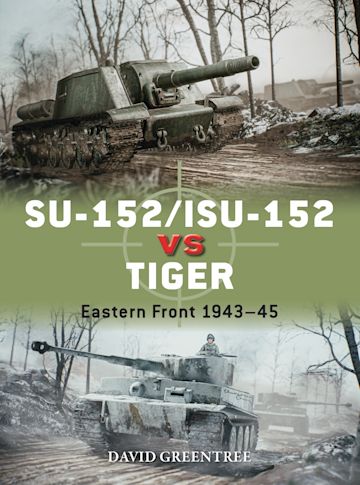

The Tiger would soon begin to show its dominance of the battlefield when conditions permitted. Commanders thought better technology was needed to fight numerous, smaller engagements. The importance of superior technology also satisfied notions of racial superiority. (Nik Cornish at www.Stavka.org.uk)

The operational deployment of Tiger battalions, as fire-brigade units shifting from one emergency to another, led to long road marches and many serious mechanical problems, not to mention huge quantities of fuel consumed. Rail was the preferred mode of transport; however, this was increasingly vulnerable to air interdiction. Also the need for special railcars and smaller combat tracks to avoid dangerous overhang meant a good deal of effort was needed to organize any move. Sometimes these smaller tracks would not be used because of availability issues. (Nik Cornish at www.Stavka.org.uk)

The original Tiger paint colour was grey, although early examples on the Eastern Front would be white washed. In early 1943, 502nd Heavy Panzer Battalion had a mix of white and grey wedge shapes left exposed. In the spring, camouflage paint schemes would be used. From late summer 1943, Zimmerit paste (a chemical formula that prevented the adherence of magnetic mines) was painted onto the Tigers in the factory prior to camouflage being applied at the front. (Nik Cornish at www.Stavka.org.uk)

The TurmZielFernrohr (turret sighting telescope or TZF – housed in the two apertures on the right of the gun mantlet) 9b or 9c was used for direct fire at targets. The no less effective TZF 9c required only a single aperture in the mantlet. On early mantlets, these two apertures resulted in weakened armour protection of 70mm. (Nik Cornish atwww.Stavka.org.uk)
Images from Duel 20 SU-152/ISU-152 vs Tiger
Find out more about The Tiger Tank in our new Machine of the Month Feature.

Comments
You must be logged in to comment on this post. Click here to log in.
Submit your comment